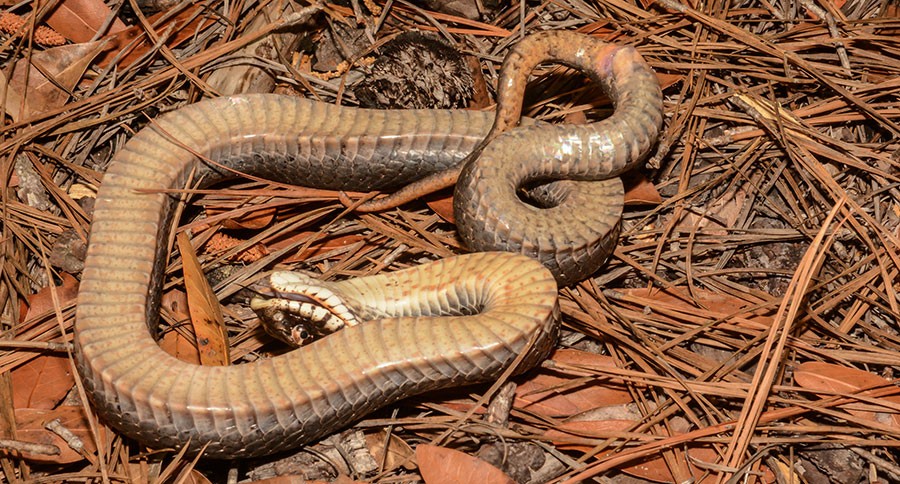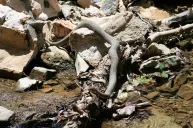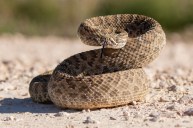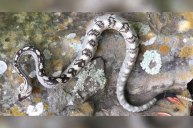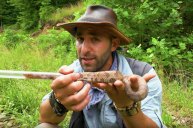Thanks to a highly-viewed social media post, half the internet's up in arms about the relatively harmless Eastern Hognose Snake.
It was a seemingly insignificant post, in the big scheme of things, from the North Carolina State Parks and Recreation Facebook page.
It sparked a lot of response, and it even referred to the Eastern Hognose, a common snake in much of the southeastern United States, as a "zombie snake."
That's a pretty good way to entice some feigned panic, and the general news sites of the world snatched it and ran with it.
Sure, "zombie snake" is still in our headline, but we're debunking things for the betterment of outdoor society.
Mainly, we're thinking of the vast majority of folks who see a term like "zombie snake" and, lacking experience in the natural world, believe what they read and jump to conclusions. Here's hoping they're doing the extra reading that's called for.
What Are We Talking About Here?
We were familiar, but to get a little extra help and information, we turned to the University of Georgia's Savannah River Ecology Laboratory.
The snake that was the subject of the viral Facebook post is known by the scientific name Heterodon platirhinos. You can call them Eastern Hog-Nosed Snakes, spreading adders, puff adders, or deaf adders, depending on where they're commonly found.
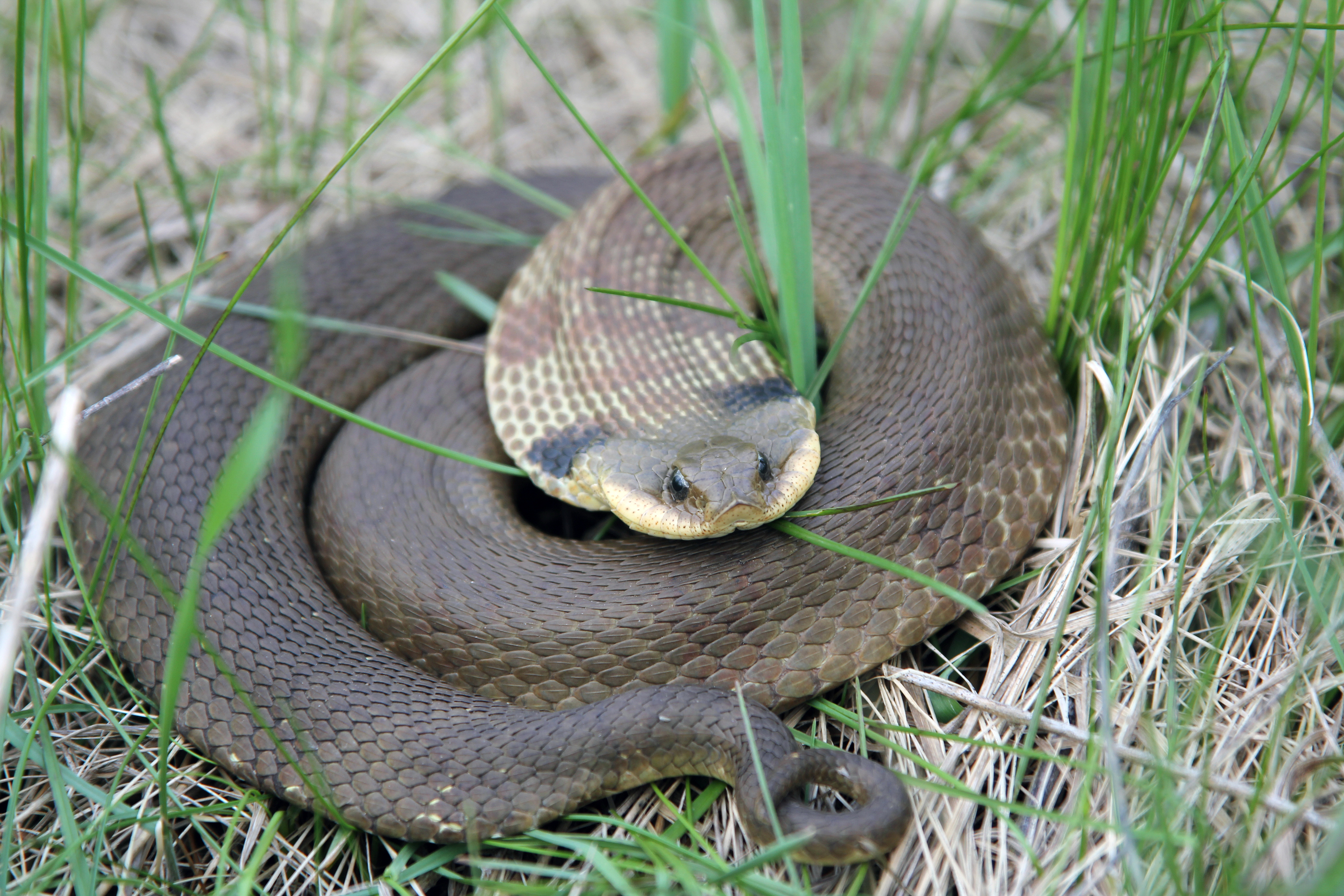
That range goes from parts of southern Canada, Minnesota, and Wisconsin east to New Hampshire, then south to Florida and west to Texas and Kansas. Really, they're most prevalent in southeast North America, specifically Georgia, Tennessee, and South Carolina. They're best identified by their upturned snout, used for digging.
They eat frogs, salamanders, small mammals, birds, and invertebrates, but their all-time favorite is toads. They're rear-fanged, meaning they're relatively harmless to humans. But, they can "pop inflated toads like a balloon" with those fangs, according to the Florida Museum.
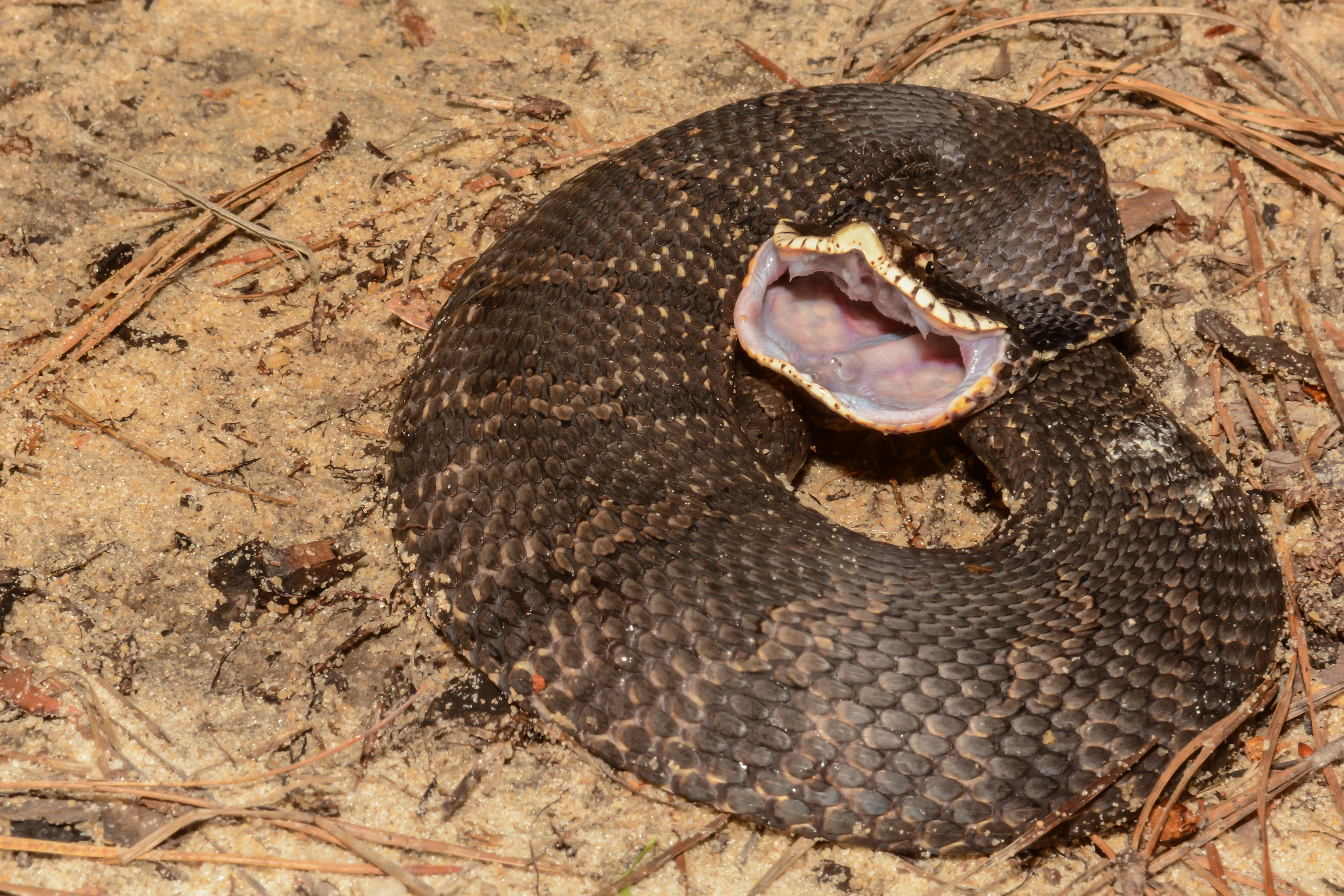
Playing Dead
As part of the Eastern Hognose Snake's defensive display, it will often flatten out its head and first portion of its body, likely in an attempt to look larger. If that doesn't work, it employs a trick out of the opossum's book, and plays dead.
That's where the whole "zombie snake" thing came from; people's tendency to see anything in a catatonic state that isn't truly deceased as a zombie. We've got pop culture to thank, I believe.
In any case, the Eastern Hognose will roll onto its back, exposing its lighter-colored underbelly, and lie still. It can even go as far as emitting a strong musk odor and hanging its tongue out of its mouth.

This typically signals a dead animal, and something that may try to eat a snake such as this one might just pass it up in favor of something a little more fresh.
It's a not-so-crazy tactic used in the wild by a few creatures, just typically not reptiles, or ones that already give people the willies. Again, we're pretty sure that's why they're being sensationalized.
But, if you're used to being outdoors, among wildlife, you probably already knew most of that. If so, pass on the info, and help prevent even more of society from slipping into the traps that catch us way too often.
NEXT: RARE BLACK-TAILED RATTLESNAKE FOUND IN CENTRAL TEXAS COUNTY FOR THE FIRST TIME SINCE 1953
WATCH
